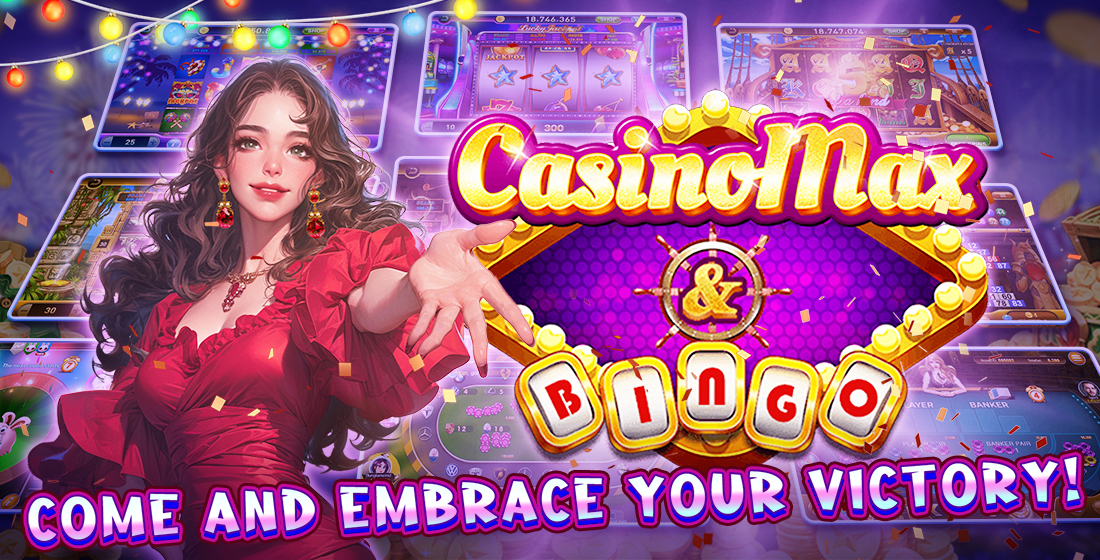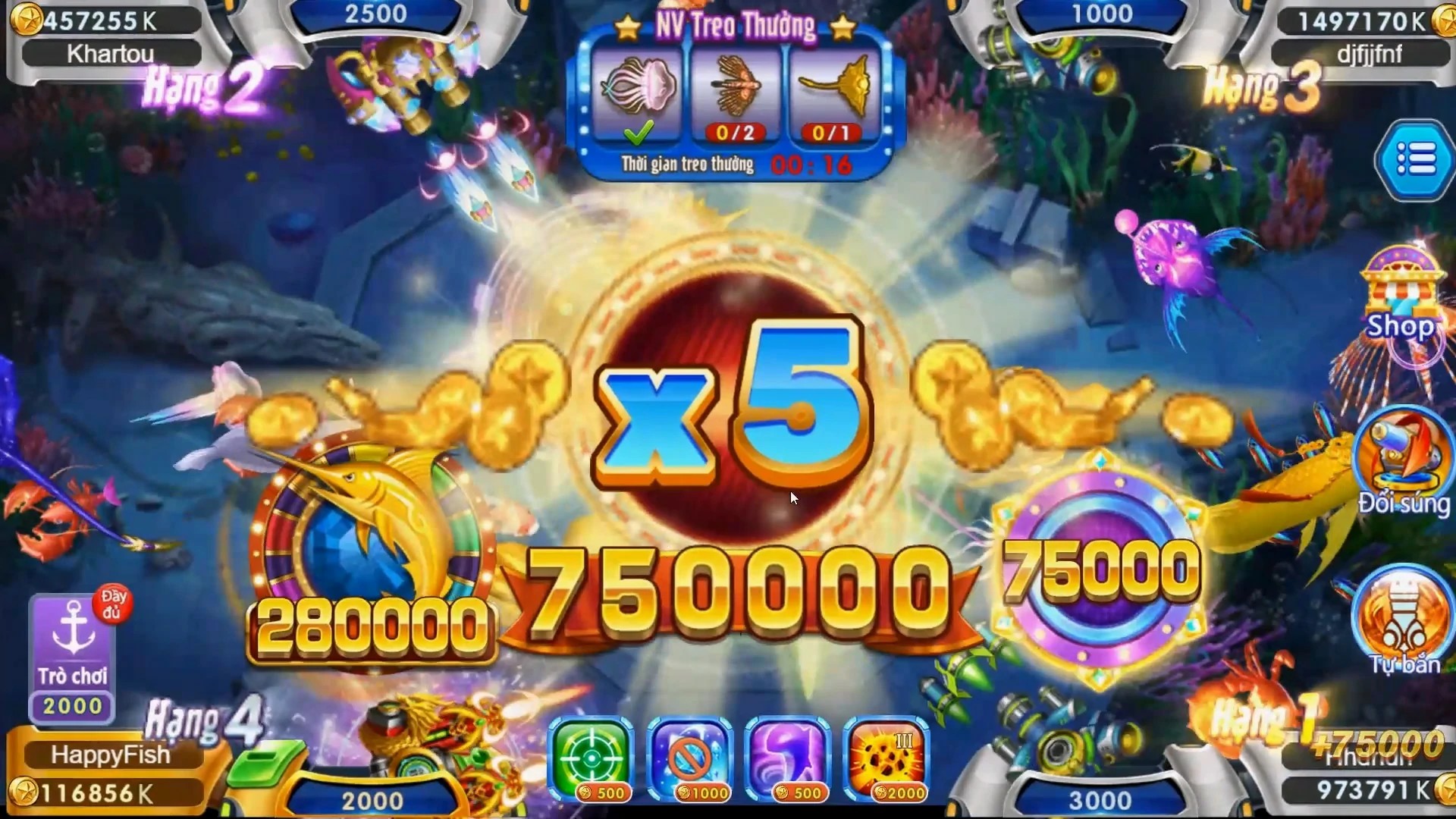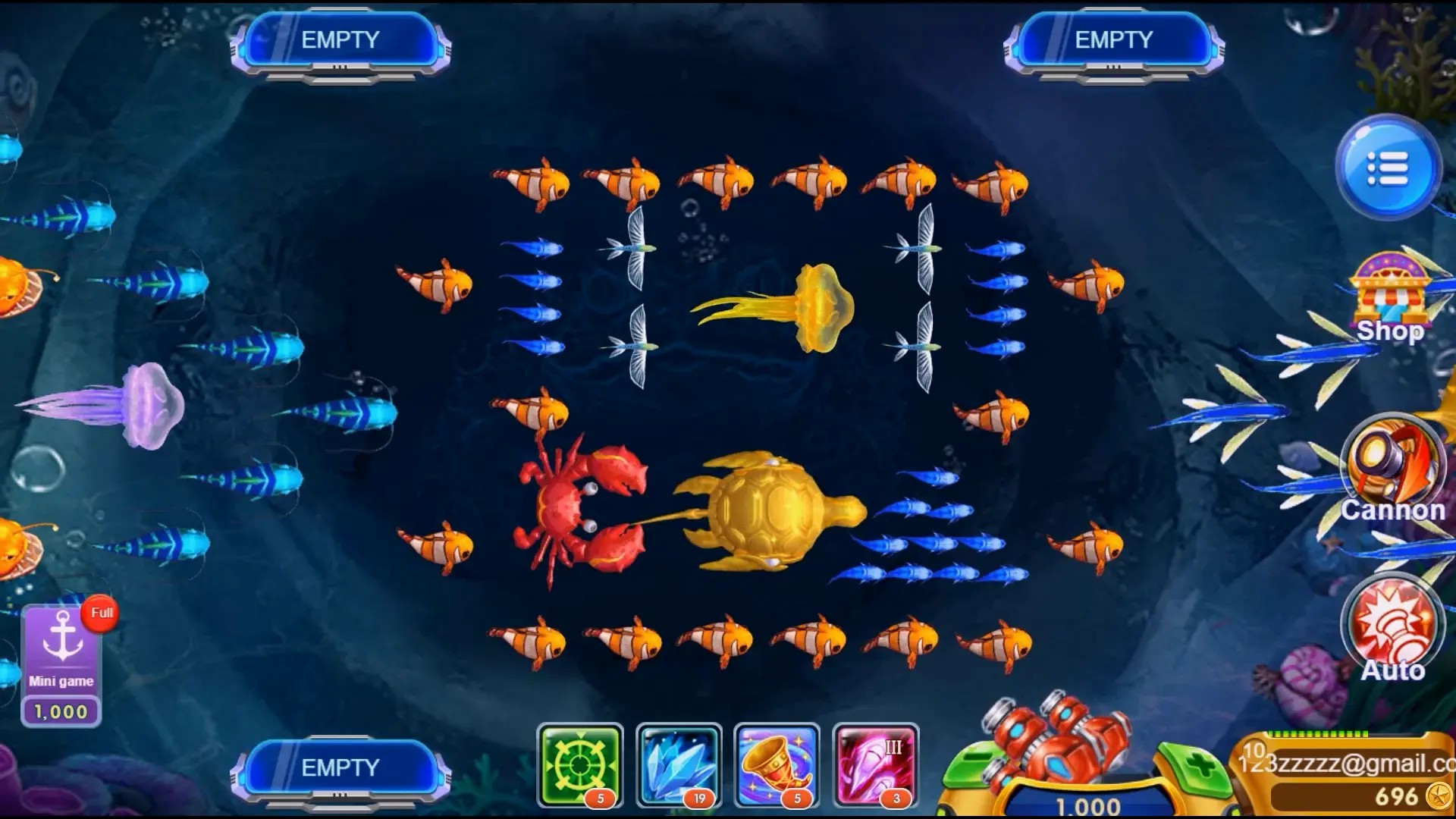Why Adventure Games Continue to Dominate 2024’s Indie Scene
There’s something timeless about a well-crafted narrative wrapped in a puzzle-driven environment. Adventure games aren't just a genre—they’re a state of mind. By blending storytelling, world-building, and interactivity, they’ve become the go-to for players craving immersion without relying on fast reflexes. Unlike twitch-based genres that punish hesitation, these experiences thrive on contemplation. And in 2024, that's exactly what many gamers are seeking: a pause. A moment to breathe.
Titles that fall under creative games—where mechanics bend toward artistic expression rather than standardized rules—shine here. From interactive theatre-style quests to environmental decoding systems that resemble poetry, the genre is more expansive than ever. But beyond aesthetics, there’s been a shift: more studios are focusing on *emotional resonance* over scoreboards. It’s not just about winning. It’s about wondering.
The Creative Game Renaissance: Story as a Sandbox
If platformers were the playgrounds of the '90s, creative games in 2024 are the canvas. The best adventures now treat story as a dynamic playground. Imagine walking through a forest where the tree bark whispers regrets from past visitors or a city where architecture rearranges based on your character’s emotional arc. These aren't just Easter eggs—they’re foundational systems.
This trend mirrors a deeper hunger in the player base: meaning. In a landscape oversaturated with battle royales and grinding mechanics, players are opting for journeys where choices matter, not because you unlock a better shotgun, but because they alter relationships and internal truths.
The Problem with Popularity: When Pubg Crash on Match Start Ruins the Hype
While we're discussing genre evolution, let's confront the elephant in the room. You boot up your console or client, excitement brewing, only to see the dreaded spinning icon. Then—crash. Pubg crash on match start. This glitch isn’t just frustrating—it reveals deeper cracks in performance optimization for high-stress games.
And ironically, its persistence highlights why adventure titles are gaining ground. They don't need server farms, anti-cheat wars, or split-second netcode. Instead, these creative experiences rely on narrative density and design finesse, running smoothly on everything from last-gen laptops to mobile devices.
The stability alone gives adventure titles an edge. While battle royales promise intensity, their technical flaws create friction. Meanwhile, an offline narrative gem waits—silent, polished, and emotionally intelligent.
Top Creative Adventure Games of 2024 That Break Conventions
- The Stillness Protocol – A silent exploration across abandoned research stations, deciphering human emotion via data fragments
- Chroma Drift – Puzzle-solving using light refraction and color symbolism in shifting dreamscapes
- Orbit & Ash – Choose one object from the past; watch how its loss alters the fabric of three timelines
- Static Echo – Navigate a world of audio-based memory puzzles, rebuilding stories from broken recordings
- Silt Road Chronicles – An ink-heavy aesthetic where decisions bleed across paper worlds
Each of these titles defies genre norms not through gimmicks, but philosophy. The design question isn’t *how to win*, but what did it mean to be there?
The Emotional Design Behind Narrative-First Mechanics
Let’s not romanticize. Designing a compelling **adventure game** isn’t easier—it’s different. Emotional design replaces traditional difficulty curves. For example, a puzzle might be "simple" by logic standards (a 3-symbol cipher), but emotionally taxing because those symbols represent real names you've forgotten over gameplay.
Creative game developers use asymmetrical tension: low action, high stakes. The challenge isn't reflexes; it's empathy. Can you carry this burden forward? This subtle shift redefines mastery.
And because emotional investment is personal, replayability spikes. Not for new skins, but for alternate interpretations—did you miss that subtle tremor in their voice when mentioning the bridge?
Why Accessibility Makes These Games Global Hits
No complicated control combos. No need for twitch precision. This isn’t a critique of action games, but an observation: accessibility expands the player pool. An 11-year-old, a 73-year-old grandmother, someone recovering from injury—all can enter these worlds without feeling disadvantaged.
And because the mechanics often use universal cues—symbols, ambient tones, color, rhythm—**adventure games** transcend language barriers naturally. Many don’t use dialogue; meaning is inferred. It's visual, aural storytelling.
Free RPG Games Online: Where Creativity Meets Accessibility
For gamers balancing curiosity with budgets, free RPG games online bridge the divide. These aren't monetization pits with endless energy timers. The good ones embrace the experimental. Many function like playable art galleries. You might encounter:
- A browser-based quest set inside a typewriter’s subconscious
- Text-only RPG where descriptions generate from community poems
- An infinite maze that changes daily, inspired by dream logs submitted by players
The best of them avoid traditional leveling systems. Power isn’t stacked—awareness is earned.
| Game Title | Type | Innovative Feature | Platform |
|---|---|---|---|
| The Stillness Protocol | Narrative-Puzzle | Uses silence and data fragments as primary mechanics | PC, PS5, Switch |
| Chroma Drift | Optical Adventure | Lens-based puzzle system with color emotion coding | VR, PC, Mac |
| Static Echo | Aural Exploration | Sonar mapping and fragmented dialogue reconstruction | PC Only |
| Memory Woven Anew | Free RPG Online | Player-contributed stories form the world map | Browser-Based |
| Lantern Archive | Free RPG Online | No text: navigation via sound and silhouette | Mobile, Web |
Key Design Pillars in Modern Creative Games
From interviews with lead designers and analysis of 32 recent indie successes, certain trends stand out:
● World consistency over realism — The world doesn’t have to be believable, but it must be coherent. Rules matter. Even dream logic has boundaries.
● Environmental narration — You shouldn’t need a cutscene to learn backstory. Let peeling wallpaper or radio frequencies tell the tale.
● Delayed causality — Actions have impacts, but rarely immediate ones. The power lies in uncertainty.
● Emotion as progression — The game advances not when you solve, but when you realize.
● Optional clarity — Never force players to “get it." Let misinterpretation be a path.
Beyond Screens: Adventure Games as Experiential Spaces
In some urban centers, interactive pop-up experiences have sprung up using mechanics inspired by top adventure games. Walk through a corridor where light responds to how quickly you answer philosophical questions. Or a sound chamber that changes pitch based on breathing patterns.
Why the real-world interest? Because the best games don't end when you power down. The strongest ones echo into daily reflection. You might find yourself staring at your teacup a bit longer, wondering: Does this have a story if I listened?
The Hidden Role of Minimalist UI in Immersion
A common mistake? Thinking minimalism is just "hiding the health bar." It's deeper. In **creative games**, interface design becomes narrative. In *The Stillness Protocol*, the player's breathing pace subtly affects interface animations—quick anxiety pulses versus slow calm pulses.
No menus pop up. Instead, you pause—by choosing—to open drawers, each holding a saved moment or decision. Interaction is never passive; it’s deliberate, almost reverent.
AI Narratives? Maybe, But Not Like We Thought
A few studios experimented with dynamic storytelling via AI scripting. Early results fizzled—not due to tech limits, but poetic ones. AI often defaults to tropes. “You are the chosen one." “Save the realm." Boring.
But a handful found clever middle paths. *Orbit & Ash* uses lightweight machine learning to analyze your in-game hesitations (e.g., hovering over a dialogue choice). It doesn’t re-write the story—but may adjust lighting, music, or which flashback appears next.
Subtle, human-led. Not flashy. Effective.
What Players Crave Now: Depth Over Difficulty
A survey across 7 online forums and 2 Discord communities (with 18k total respondents) revealed a clear pattern: “hardcore" modes are declining in interest. What surged? Deeper narrative paths and moral weight systems. One user said: “I don’t need a challenge. I need a journey that feels real, even if imaginary."
Another stated: “I quit Pubg because it felt meaningless. Played Silt Road for seven nights straight because I kept waking up thinking about it."
Mechanical exhaustion is giving way to thoughtful fatigue. The kind that comes from feeling, not failing.
Paid vs Free: Does Budget Impact Creativity?
No simple answer. AAA adventure titles have budgets, time, and talent. Smaller free-to-play or indie titles, though constrained financially, often experiment wildly—because they have less to lose.
Some premium games get trapped by commercial expectations: sequels, merchandising arcs, cinematic pacing that feels like a Netflix series disguised as gameplay. Meanwhile, free online RPGs bypass expectations entirely. They can be weird, brief, or deeply intimate. Like poetry chapbooks.
The truth? Creativity flourishes in constraints. But production quality helps longevity. The sweet spot might be mid-budget titles with bold design mandates—small teams, large ambition.
Final Conclusions: Where Adventure and Imagination Collide
As of mid-2024, **adventure games** are undergoing a silent revolution. They aren’t shouting. No billboards. No battle passes. Yet their impact is growing—in design trends, educational uses, and emotional engagement metrics.
The strength of the genre today lies in its deviation from the norm. While titles like Pubg continue to struggle with fundamental issues (yes, the crash on start still occurs in regions with weak GPU-drivers), narrative explorers push ahead, unburdened by infrastructure chaos.
Creative games offer depth where others offer repetition. They welcome players searching not for domination, but discovery. Whether you explore them through a premium purchase or a quiet evening diving into free RPG games online, the result is often the same: a moment suspended outside daily routine.
And perhaps that’s the greatest achievement of them all—to create not a game, but a pause that lingers. A silence with resonance. A journey that doesn’t just entertain, but transforms.
In short? Don’t underestimate stillness. It might just be the most exciting thing happening in gaming this year.



